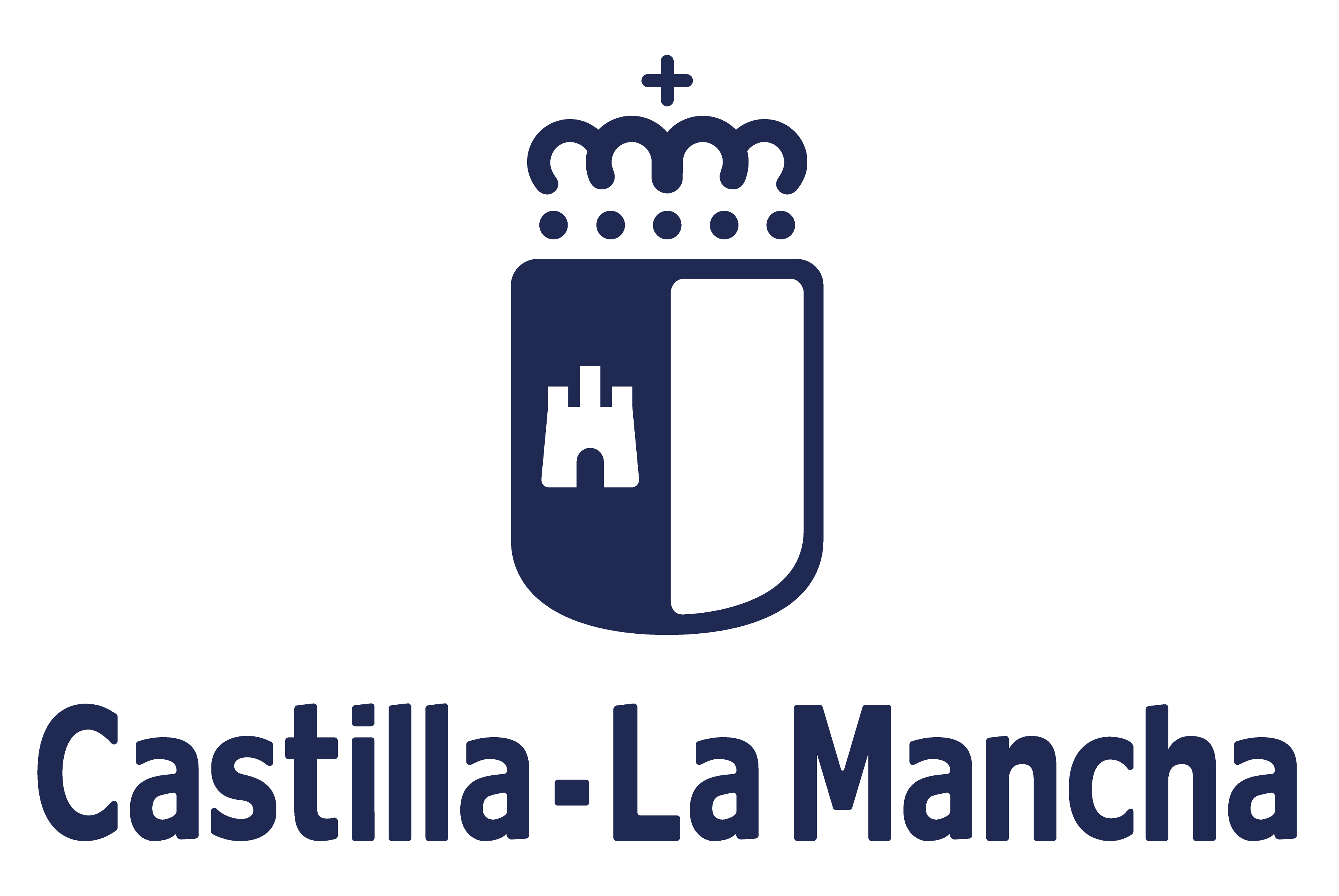Closing Meeting on the "Sigmamódulos" Innpacto Project
On 3 July 2014, the closing meeting of the INNPACTO project, “Sigmamódulos: The Innovation of Concentration Photovoltaic Modules in Spain,” was held in Madrid at the headquarters of the Solar Energy Institute of the Polytechnic University of Madrid.
The “Sigmamódulos” project was born as a natural continuation of the “SIGMASOLES: The innovation of concentration photovoltaics in Spain” project that was framed within the plan of Strategic Singular Projects of MINECO (former Ministry of Science and Innovation). In the SIGMASOLES project, a cluster was created with the members of Concentration Photovoltaics (CPV) in Spain, joining together all the major players in this technology, including manufacturers, suppliers, R+D technology centres, and Universities, in the same project. The success of this project and the integration of the participants was such that everyone wanted to continue collaborating on a common project. From this synergy among the centres, three projects were born—“Sigmamódulos,” “SigmaTrackers,” and “SigmaPlantas”—framed within the MINECO INNPACT plan.

The Sigmamódulos project began its journey in 2011, integrated by the two companies that develop concentration photovoltaic modules in Spain—Isofotón and Abengoa Solar New Technologies—and several technological R+D centres as support, those being three research groups of the Institute of Solar Energy of the Polytechnic University of Madrid and two public centres—the National Institute of Aerospace Technology (INTA) and the Instituto de Sistemas Fotovoltaicos de Concentración (ISFOC). The project has funding of €1,352,715.98 as a subsidy and €2,697,891.90 in loans from companies. The future of this project in 2013 has been under the leadership of Abengoa along with the support of ISFOC as its technical coordinator.
There have been many objectives of the “Sigmamódulos” project. The main one has been the development of market-competitive concentration photovoltaic modules for large power generation plants, thus reducing the associated cost of this component while always maintaining the high performance of this type of technology. The development of the modules has always been supported by the R+D of the participating technology centres, both in the transfer of technology and in the validation of the product. This product validation has not been carried out only in terms of performance, but has also worked to ensure the reliability that the technology must offer in order to be envisioned as a real alternative for large-scale electricity generation. With all this in mind, as products of the project, we can say that high-performance and reliable concentration photovoltaic modules have been created that are competitive in the market, new standards of reliability tests have been developed for the module and its components, and that the technological centres have carried out updates and developments necessary for the equipment used for these tests. Finally, a general production prediction model for this type of technologies has been designed and validated. So, we can conclude that the project has helped the participating companies and R+D centres to maintain their leadership position in Spain as well as obtain great international recognition.
Finally, it should be added that, as has happened in the past, the synergy created and reinforced with this project among the participants has led them to participate jointly, once again, in the following MINECO subsidy plan, “Collaboration Challenges,” to Continue working together.





